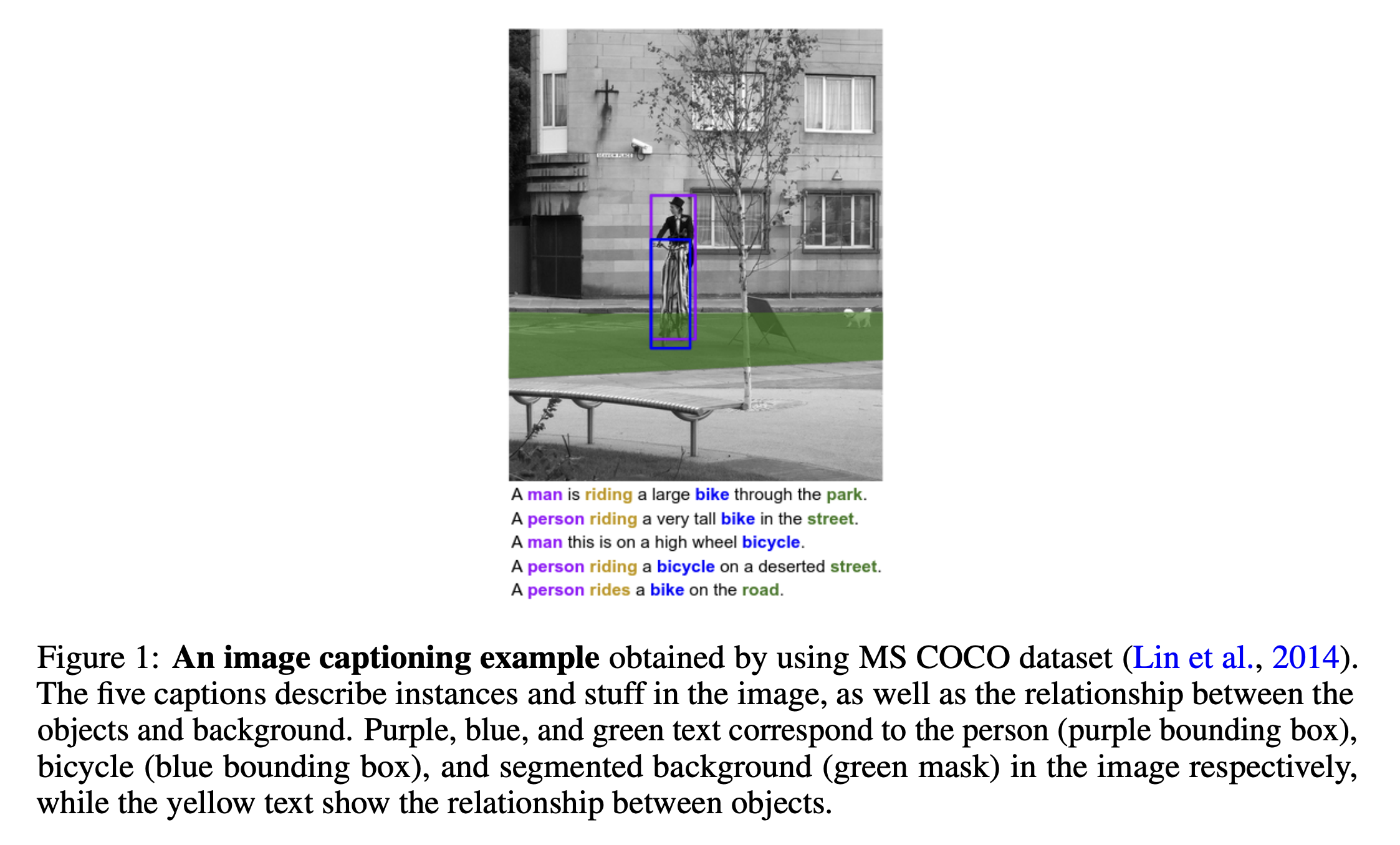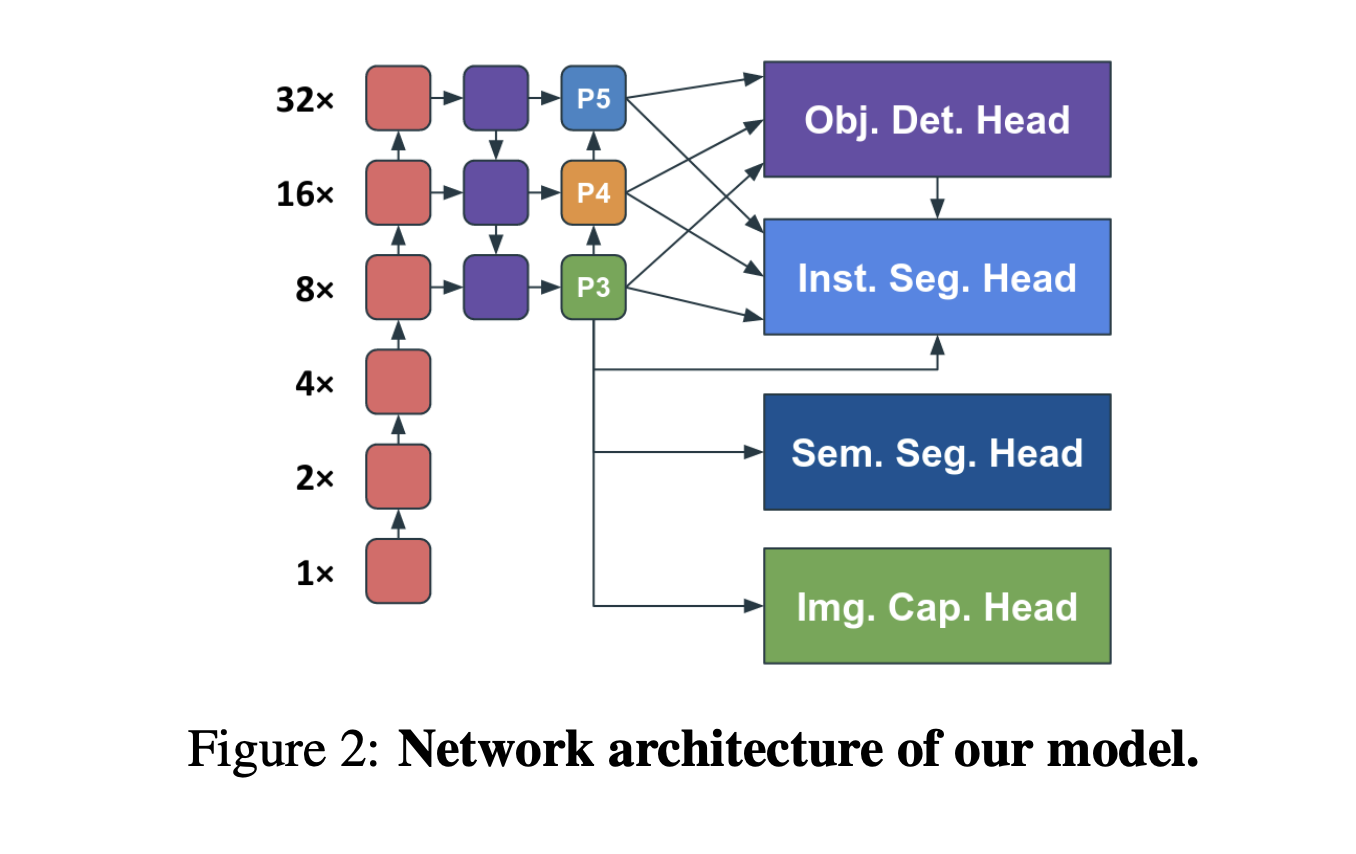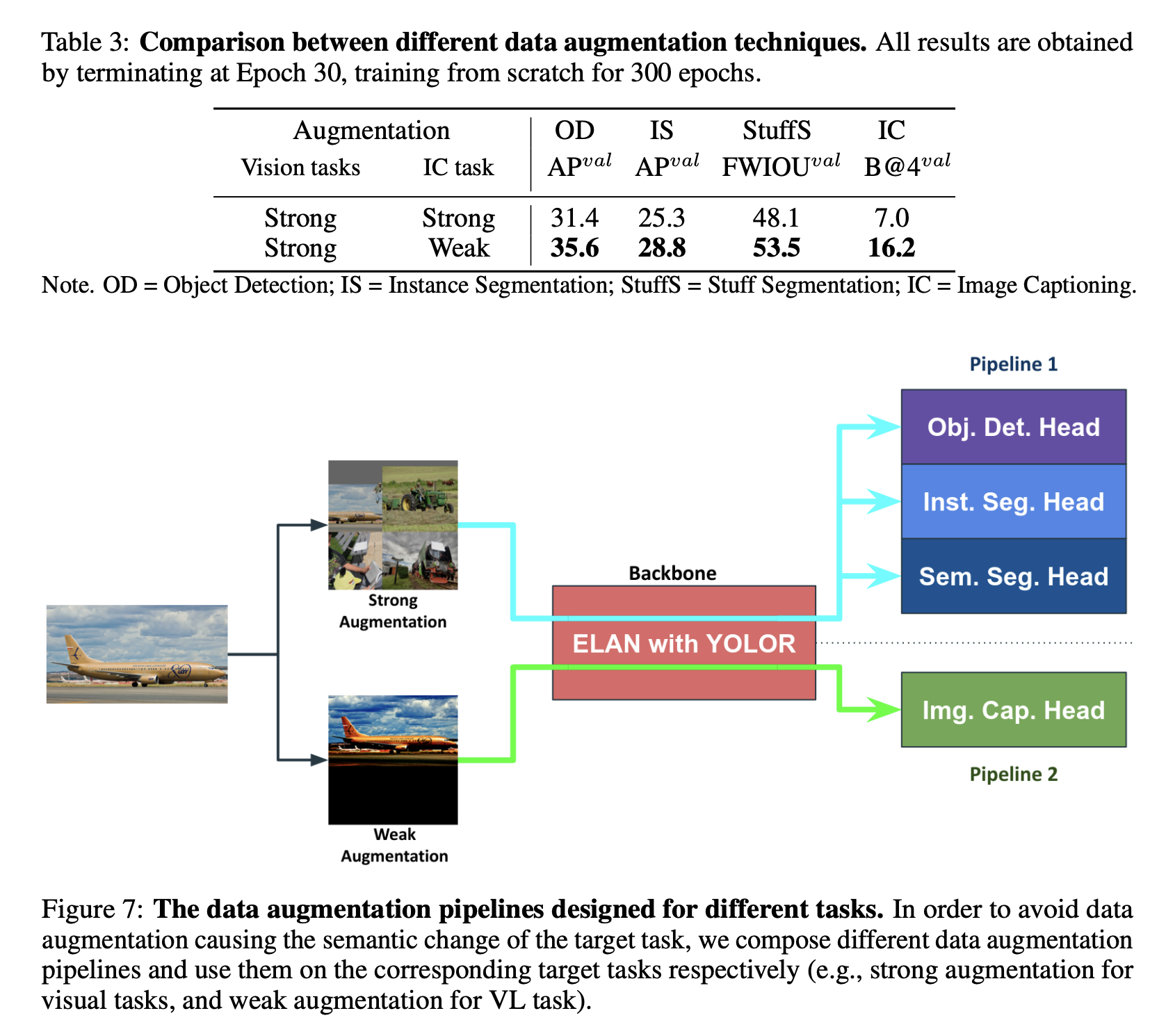Introduction
Multi-Task Learning (MTL) is an approach that aims to enhance learning efficiency and prediction accuracy by simultaneously learning multiple tasks. This method is similar to how humans learn, where knowledge gained from one task can be applied to others. The paper “YOLOR-Based Multi-Task Learning” by Hung-Shuo Chang et al. introduces a new approach to MTL using YOLOR (You Only Learn One Representation) for various tasks like object detection and image captioning.
Understanding YOLOR
YOLOR is a framework designed for multi-tasking. It combines explicit and implicit knowledge, focusing on data observations and learned latents to improve task performance. This combination allows for a more comprehensive understanding of the task at hand.
The Importance of Multi-Task Learning
MTL is a step towards achieving artificial general intelligence (AGI), as it resembles human learning by sharing knowledge across tasks. It involves understanding task correlations in a way similar to human cognition, thereby improving overall learning efficiency.

The Architectural Design
The architecture of this approach combines YOLOR with ELAN (Efficient Layer Aggregation Networks), optimized for knowledge capture and gradient path efficiency. The model integrates the object detection capabilities of YOLOv7, instance segmentation of YOLACT, high-resolution semantic segmentation, and a Transformer-based image captioning to create a robust and versatile learning model.

Training Strategies
The paper discusses the use of customized data augmentation for maintaining semantic consistency and an optimized optimizer strategy for training diverse tasks. These strategies ensure that the model can handle a variety of tasks and scenarios effectively.

Experimental Methodologies and Results
The paper presents a comprehensive set of experiments and results:
- Baseline Comparisons: YOLOR-based models have shown superior performance in tasks like semantic segmentation compared to other models.
- State-of-the-Art Comparisons: The results are competitive in object detection tasks against leading models.
- Ablation Study: A detailed analysis of the contribution of each task to the overall model performance.
- Visualizations: These demonstrate the model’s adaptability and performance across a range of image complexities.

Conclusion
The YOLOR-based MTL framework has significant potential for advancing AI learning. By simulating human-like learning processes and demonstrating considerable performance improvements across various tasks, it opens the door for future developments in the field of AI. This approach brings us closer to creating AI systems that can learn and adapt like humans, making them more efficient and effective in solving complex problems.